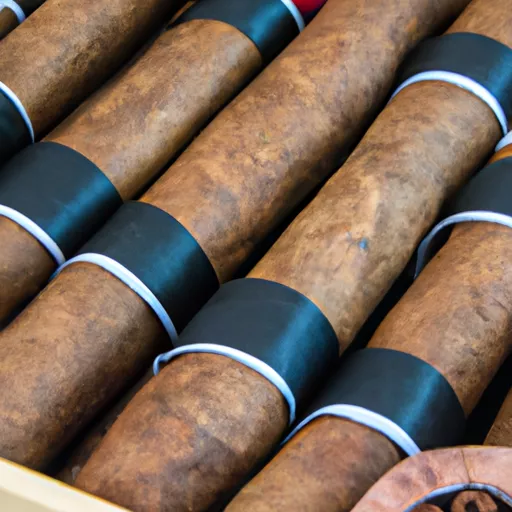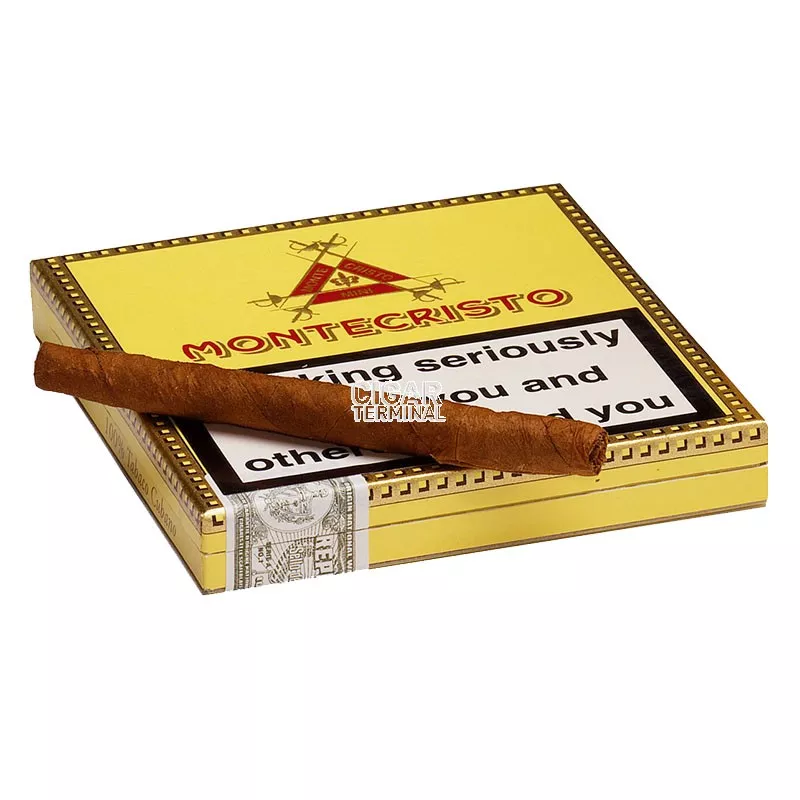little cigars for sale

As a lover of cigars, I have always been intrigued by the smaller version known as little cigars. These tiny smokes may look unassuming at first, but do not be fooled – they pack just as much flavor and complexity as their larger counterparts. In this article, I will take you on a journey into the world of little cigars, exploring their history, production, and unique characteristics.
First, let’s address the elephant in the room – what exactly is a little cigar? Simply put, it is a smaller version of a cigar, typically around the size of a cigarette. They are made with the same types of tobacco as traditional cigars, but may use different blends or cuts to accommodate the smaller size. They are also wrapped in a tobacco leaf, just like a regular cigar, but may have a filter or a tip for easier smoking.
Now, you may be wondering why someone would choose a little cigar over a traditional one. Well, for one, they are more affordable. As a cigar aficionado myself, I know that good quality cigars can come at a hefty price. Little cigars, on the other hand, are much more budget-friendly, making them accessible to a wider range of people. Additionally, their small size makes them perfect for a quick smoke on the go, without the time commitment of a larger cigar.
Little cigars have been around for centuries, with their origins dating back to the indigenous peoples of the Caribbean and South America. They were initially used for ceremonial purposes and were made by rolling tobacco leaves in corn husks or palm leaves. However, it wasn’t until the 19th century that they gained popularity in America, with the rise of cigarette rolling machines. These machines also had the ability to produce small, cigar-like smokes, which were then marketed as “little cigars.”
Today, little cigars come in a wide variety of flavors and blends, catering to different tastes and preferences. Some popular flavors include fruit, menthol, and chocolate, while others stick to more traditional tobacco flavors. As for the blend, little cigars may use different types of tobacco, such as Virginia or Burley, to achieve the desired taste and strength.
One of the most interesting aspects of little cigars is their production process. Just like traditional cigars, they go through a series of steps before they are ready to be sold. The first step is the selection of high-quality tobacco leaves, which are then aged for a certain period to enhance their flavors. The leaves are then sorted and cut to the appropriate size for little cigars.
Next comes the rolling process, where the leaves are carefully wrapped around the fillers and bound together to create the cigar’s shape. While traditional cigars are rolled by hand, little cigars are often machine-made, allowing for a more consistent and uniform product. Once rolled, the cigars are then aged again to achieve a smooth and mellow taste.
Little cigars are also subject to the same strict quality control measures as traditional cigars. Each cigar is inspected for any flaws or defects, ensuring that customers receive a quality product every time. This attention to detail is what sets little cigars apart from other tobacco products.
When it comes to smoking little cigars, there are a few things to keep in mind. First, the lighting process is crucial. Instead of using a regular lighter, it is recommended to use a butane lighter or cedar spills to avoid altering the cigar’s flavor. Additionally, it is essential to take your time when smoking a little cigar. They may be small, but they still require the same level of attention and care as traditional cigars to fully enjoy their flavors and complexities.
One thing that has been heavily debated when it comes to little cigars is their health effects. While they may be marketed as a “healthier” alternative to cigarettes, there is no denying that they still contain tobacco and produce smoke, making them potentially harmful to one’s health. Just like with any tobacco product, it is up to the individual to decide if the pleasure gained from smoking is worth the potential risks.
In conclusion, little cigars may be small in size, but they are big in flavor and history. From their origins as a ceremonial smoke to their modern-day production, they have come a long way and continue to be a popular choice for cigar enthusiasts. Whether you are a seasoned smoker or new to the world of cigars, I highly recommend trying a little cigar for a unique and enjoyable smoking experience.
